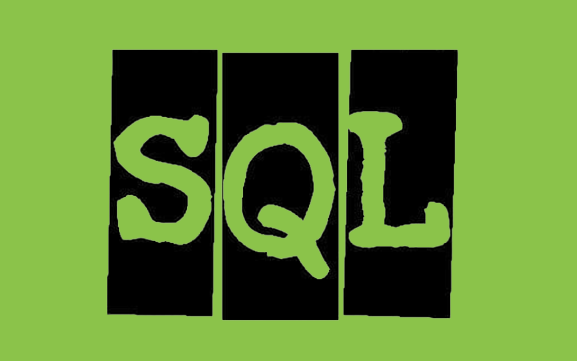
SQL stands for “Structured Query Language”. It is a language designed specifically for managing and modifying relational databases. SQL is mainly used for tasks related to storage, retrieval, manipulation, and management of data in Relational Database Management Systems (RDBMS).
- SQL allows users to perform various operations on the database, such as creating and modifying tables, inserting, updating, and deleting data, and retrieving data based on specific criteria. It provides users with a standardized way to interact with the database, regardless of the specific RDBMS being used (for example, MySQL, PostgreSQL, Microsoft SQL Server, Oracle Database).
SQL is divided into several categories of commands, including:
- Data Definition Language (DDL): Used to define the structure of a database, including creating and modifying tables, indexes, and other database objects.
- Data Manipulation Language (DML): Used to manipulate data stored in a database, including operations such as inserting, updating, and deleting records.
- Data Query Language (DQL): Mainly used to retrieve data from the database using queries through the use of SELECT statements.
- Data Control Language (DCL): Used to control access to the database, including granting or revoking permissions on database objects.
Definitely! Here’s some more info about SQL:
1. Relational Databases: SQL is closely related to relational databases, which organize data into tables structured with rows and columns. Each table represents a different type of data, and the relationships between the tables are established using keys (usually primary and foreign keys).
2. Language standardization: Different database management systems may implement SQL slightly differently, but the core syntax and concepts are consistent across most systems.
3. Types of Statements: There are different types of statements in SQL, including:
- Data Query Language (DQL): Used to retrieve data from a database using SELECT statements.
- Data Manipulation Language (DML): Used to manipulate data, including INSERT, UPDATE, DELETE, and MERGE statements.
- Data Definition Language (DDL): Used to define and modify the structure of the database including CREATE, ALTER, and DROP statements.
- Data Control Language (DCL): Used to control access to data including grant and revoke statements.
- Transaction Control Language (TCL): Used to manage transactions, including the COMMIT and ROLLBACK statements.
4. Joins: SQL allows you to combine data from multiple tables using JOIN operations. This enables you to retrieve and work with data from related tables in a single query.
5. Filtering and Sorting: SQL provides methods to filter and sort data based on specific criteria. The WHERE clause is used to filter the rows, and the ORDER BY clause is used to sort the result set.
6. Aggregation: SQL supports aggregation functions such as SUM, AVG, COUNT, MIN, and MAX, which allow you to perform calculations on groups of data.
7. Indexes: Indexes can be created on columns in a table to improve query performance by allowing the database to quickly find rows based on indexed values.
8. Subqueries: SQL allows you to nest queries within other queries, which are known as subqueries or nested queries. These are often used to retrieve data from one query and use it in another.
9. View: It provides a way to simplify complex queries, restrict access to certain columns, or present data in a more user-friendly format.
10. Stored Procedures and Functions: SQL supports the creation of stored procedures and functions, which are precompiled sets of SQL statements that can be executed as a single unit. They can help encapsulate logic and improve code reusability.
11. Normalization: SQL databases are often designed using the principles of database normalization to reduce data redundancy and improve data integrity.
12. Triggers: Triggers are special types of stored procedures that are automatically executed in response to certain database events, such as data changes.
SQL is a versatile and powerful language that is fundamental to working with relational databases and managing data effectively. It remains an important skill for professionals in various fields related to data management, analysis, and software development.


